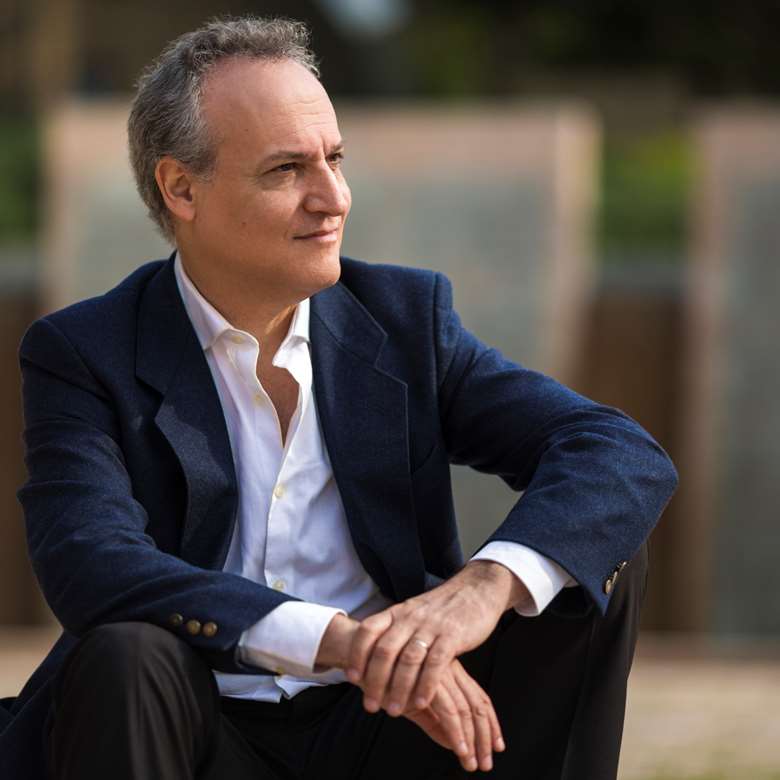Adventures in keyboard innovation
Tuesday, November 8, 2022
The MultiPiano Ensemble has recorded new versions of innovative masterpieces by Shostakovich and Frank Martin; Artistic Director Tomer Lev describes a journey that started with a childhood memory

Register now to continue reading
Thanks for exploring the Gramophone website. Sign up for a free account today to enjoy the following benefits:
- Free access to 3 subscriber-only articles per month
- Unlimited access to our news, podcasts and awards pages
- Free weekly email newsletter








